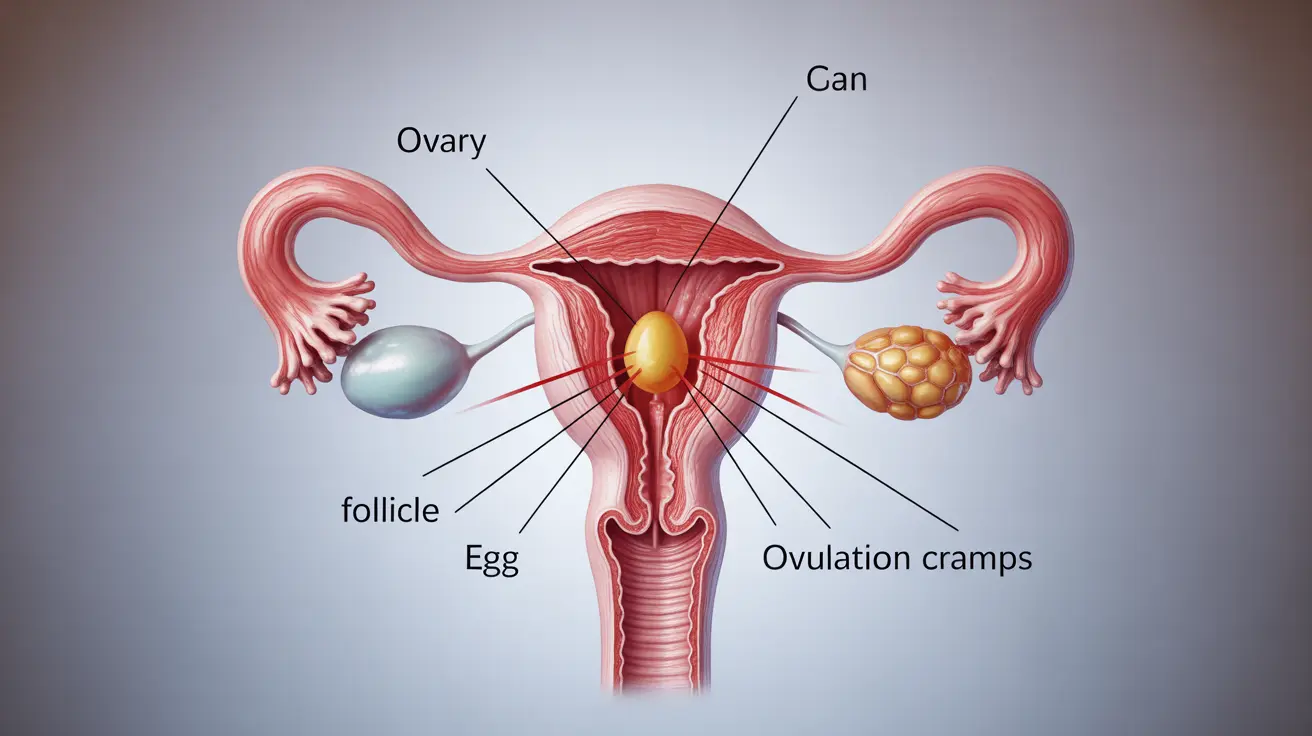Non-radiographic ankylosing spondylitis (nr-axSpA) is a form of inflammatory arthritis that affects the spine and sacroiliac joints, yet doesn't show visible damage on traditional X-rays. Despite the lack of radiographic evidence, this condition can cause significant pain, stiffness, and impact daily life for those affected.
Understanding nr-axSpA is crucial because it represents an early or alternative form of axial spondyloarthritis, requiring specific diagnostic approaches and management strategies. Early recognition and treatment can help prevent disease progression and improve quality of life for patients.
Key Symptoms and Their Unique Characteristics
Non-radiographic ankylosing spondylitis presents with distinct symptoms that set it apart from typical back pain:
- Inflammatory back pain that improves with movement
- Morning stiffness lasting more than 30 minutes
- Pain that wakes you during the second half of the night
- Alternating buttock pain
- Fatigue and reduced energy levels
- Potential peripheral joint involvement
Unlike mechanical back pain, symptoms of nr-axSpA tend to improve with exercise and worsen with rest. This characteristic pattern helps distinguish it from other common back conditions.
Diagnostic Challenges and Approaches
Diagnosing nr-axSpA requires a comprehensive approach since X-rays don't show joint damage. Healthcare providers typically rely on:
- Detailed patient history and symptom assessment
- Physical examination
- MRI imaging of sacroiliac joints
- Blood tests for inflammatory markers
- Genetic testing for HLA-B27 marker
The combination of these diagnostic tools, along with the exclusion of other conditions, helps healthcare providers make an accurate diagnosis.
Treatment Strategies and Management
Managing nr-axSpA involves a multi-faceted approach aimed at controlling symptoms and preventing disease progression:
Medication Options
- NSAIDs as first-line treatment
- Biological medications (TNF inhibitors or IL-17 inhibitors)
- Disease-modifying antirheumatic drugs (DMARDs)
- Pain management medications when needed
Physical Therapy and Exercise
Regular physical activity plays a crucial role in managing nr-axSpA:
- Targeted stretching exercises
- Posture improvement techniques
- Strengthening exercises for spine and core
- Low-impact aerobic activities
- Swimming and water therapy
Living with Non-Radiographic Ankylosing Spondylitis
Successful management of nr-axSpA often requires lifestyle modifications and ongoing care:
- Maintaining good posture throughout the day
- Regular exercise routine
- Stress management techniques
- Adequate sleep and rest
- Working closely with healthcare providers
- Joining support groups or communities
Frequently Asked Questions
What are the common symptoms of non-radiographic ankylosing spondylitis and how do they differ from typical back pain?
Non-radiographic ankylosing spondylitis symptoms include inflammatory back pain that improves with movement, morning stiffness lasting over 30 minutes, and night pain that wakes you up. Unlike typical back pain, nr-axSpA pain tends to improve with exercise and worsen with inactivity.
How is non-radiographic ankylosing spondylitis diagnosed when X-rays and MRIs do not show joint damage?
Diagnosis relies on a combination of clinical symptoms, physical examination, MRI imaging (which can show inflammation even when X-rays are normal), blood tests for inflammatory markers, and genetic testing for HLA-B27. Healthcare providers also consider family history and response to anti-inflammatory medications.
What treatment options are available for managing non-radiographic ankylosing spondylitis pain and stiffness?
Treatment options include NSAIDs, biological medications like TNF inhibitors, physical therapy, regular exercise, and lifestyle modifications. The approach is typically personalized based on symptom severity and individual response to treatments.
Can non-radiographic ankylosing spondylitis progress to visible spinal damage on X-rays over time?
Yes, some cases of nr-axSpA can progress to show visible damage on X-rays over time, though not all cases will advance to this stage. Early intervention and proper management can help slow or prevent progression.
How can physical therapy and exercise help people living with non-radiographic ankylosing spondylitis?
Physical therapy and exercise help maintain spinal flexibility, improve posture, strengthen supporting muscles, and reduce pain and stiffness. Regular activity can also help prevent disease progression and improve overall quality of life.




